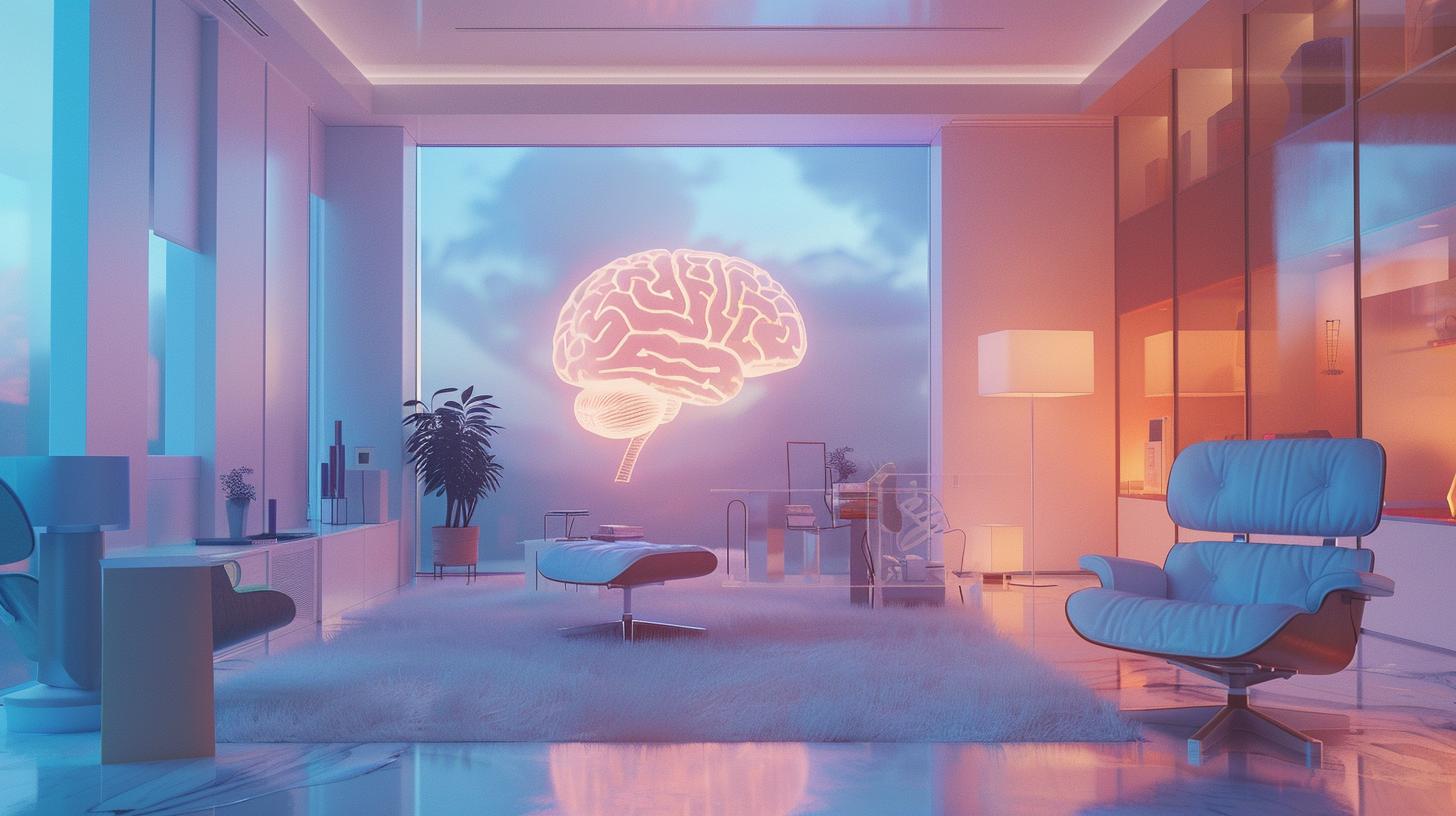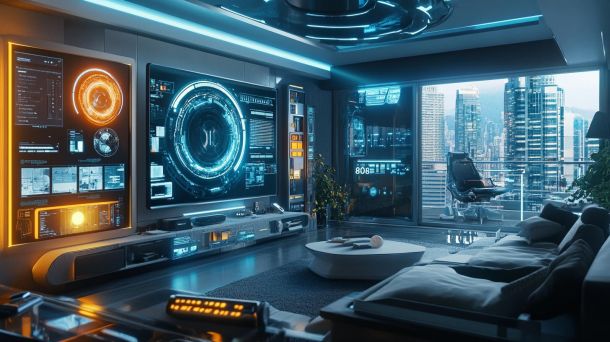Neurological Design: Transform Your Home’s Brain-Boosting Potential
Understanding neurological design principles isn’t just about creating beautiful spaces—it’s about engineering environments that actively support our brain’s cognitive functions! Recent neuroscience research reveals that our surroundings dramatically impact mental performance, emotional regulation, and overall well-being.
At its core, neurological design integrates insights from neuroscience, psychology, and architectural theory to create spaces that genuinely nurture our neurological health. We’re moving beyond aesthetics into a realm where every design choice can potentially enhance cognitive flexibility, reduce stress, and promote mental clarity.
The Science Behind Neurological Design Principles
Our brains constantly interact with environmental stimuli. Color, light, spatial configuration, and sensory inputs all trigger neurological responses that can either support or hinder our mental performance. By understanding these intricate connections, designers can craft spaces that essentially become ‘cognitive prosthetics’—environments that extend and amplify our mental capabilities.

Key Neurological Design Strategies
Implementing neurological design principles involves several strategic approaches:
- Color Psychology: Select hues that promote specific cognitive states
- Lighting Optimization: Use natural and artificial light to regulate circadian rhythms
- Spatial Flow: Create intuitive environments that reduce cognitive load
Practical Applications for Family Spaces
For families seeking to integrate neurological design, consider creating ‘cognitive zones’ within your home. Designate areas for focused work, relaxation, and creative activities, each carefully curated to support different mental states.
Future of Neurological Space Design
As we move into 2025, neurological design is evolving from a niche concept to a mainstream approach in interior architecture. By prioritizing brain-friendly environments, we’re not just designing spaces—we’re actively supporting human potential and well-being.




